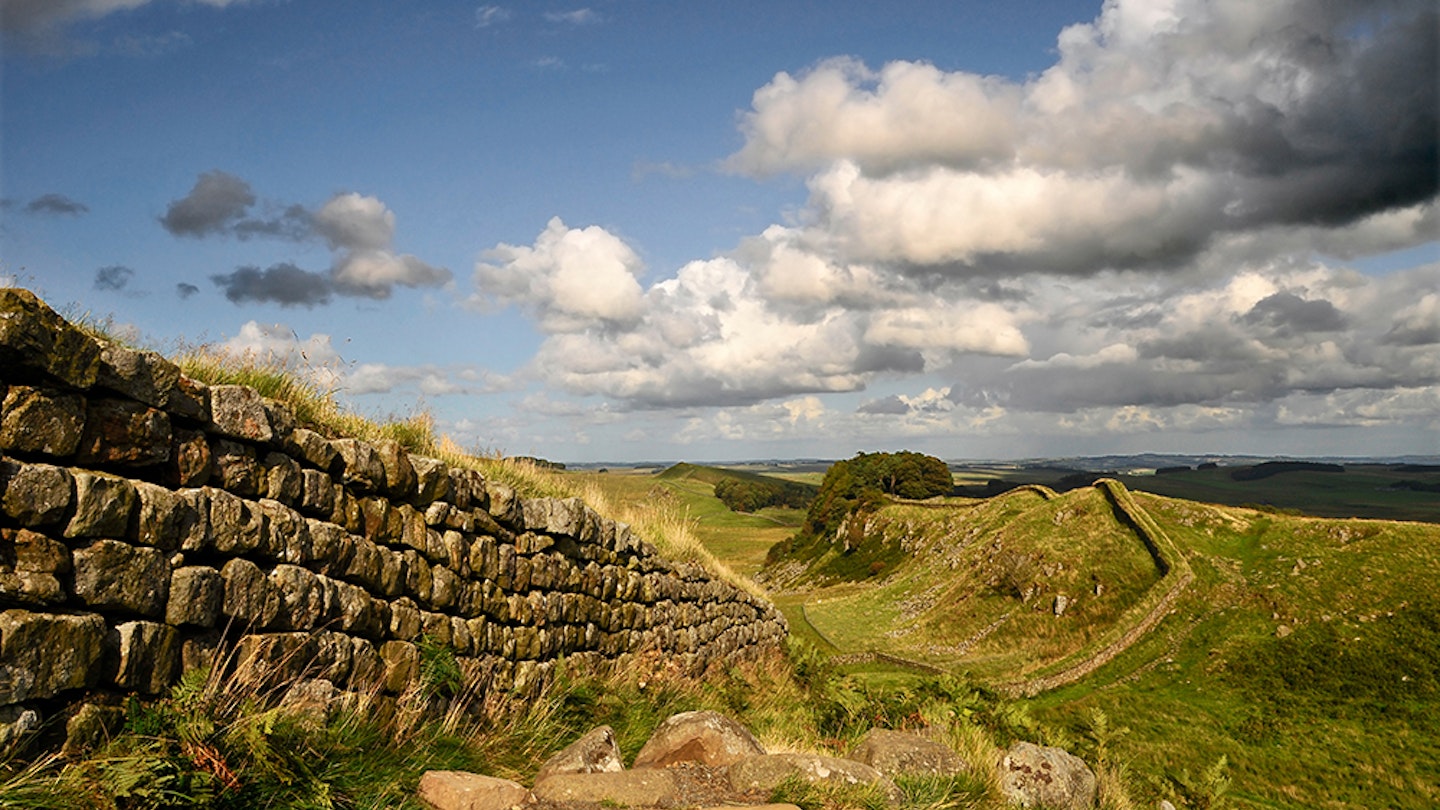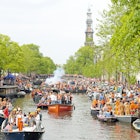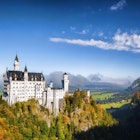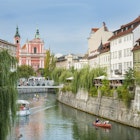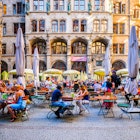Northeast England's vibrant hub of Newcastle-upon-Tyne has plenty of attractions to fill your entire itinerary. But it's also the gateway to wild, remote hills, lakes, coastal fishing villages, weathered castles, Roman ruins and a wealth of cultural treasures. This compact region's incredible diversity is easily accessible by car on day trips from the city. Hit the road and start exploring.
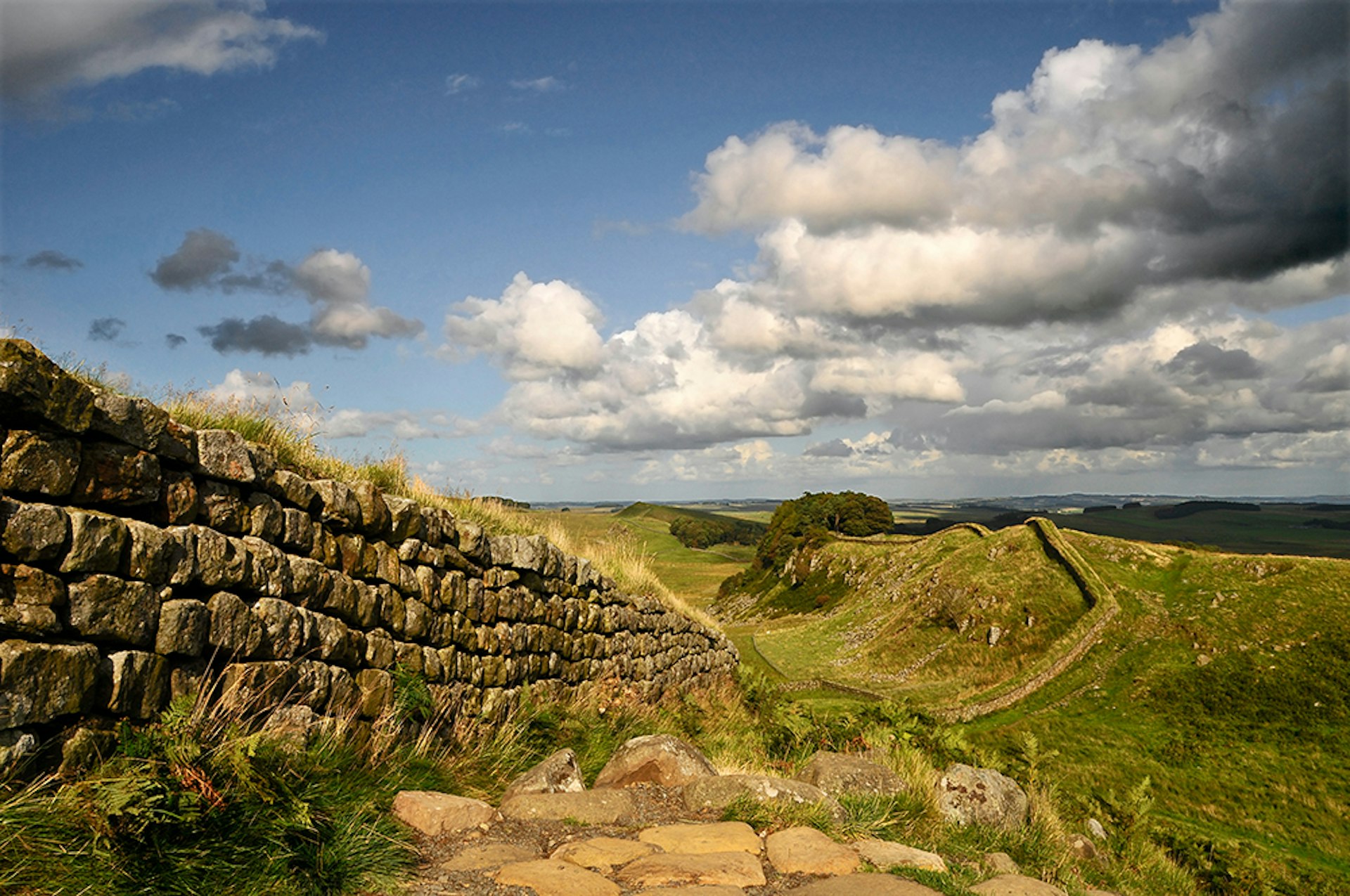
Hadrian's Wall
Built between AD 122 and 128 to separate Romans and Scottish Picts, this enormous wall cuts across the landscape, punctuated by fortress ruins. Although it didn't serve as a defensive barrier, it marked the northern limit of Roman Britain and was the Empire's most heavily fortified line. Named for the emperor who ordered it built, Hadrian's Wall was one of Rome's greatest engineering projects, a spectacular 73-mile, up to 6m high testament to Roman ambition. Every Roman mile (0.95 miles) there was a gateway guarded by a small fort (milecastle) and between each milecastle were two observation turrets.
Start at the fort of Segedunum at the 'wall's end' (now the Newcastle suburb of Wallsend), and work your way west across the narrow neck of the island to its end point, Bowness-on-Solway, or just target a short section. Highlights include the remains of the Roman garrison town of Corstopitum at Corbridge Roman Site & Museum, and four gatehouses, a bathhouse and an underfloor heating system at the remains of cavalry fort Chesters Roman Fort & Museum. A cache of sites surround the village of Haltwhistle, including extensive excavations at Vindolanda Roman Fort & Museum, the kid-friendly Roman Army Museum, and the best-preserved Roman fort in the country, Housesteads Roman Fort & Museum.
A single day's parking ticket is valid at all sites along the wall. Information on the whole of Hadrian's Wall is available at visithadrianswall.co.uk.

Northumberland National Park & Kielder
Hadrian's Wall runs along the southern edge of the country's least populated national park, Northumberland National Park (visitnorthumberland.com), a hilly, 405 sq mile wilderness with fantastic hiking and calf–testing-but-rewarding cycling.
Adjoining Northumberland National Park to Kielder Water & Forest Park (visitkielder.com) is Europe's largest artificial lake, Kielder Water, holding 200,000 million litres. This water sports playground is surrounded by England's largest forest, with 150 million spruce and pine trees.
Thanks to its remoteness, the area is now Europe's largest dark-sky area, with controls to prevent light pollution. If you're up for a late night (and you book well ahead), you can catch star-gazing events at the state-of-the-art Kielder Observatory, 52 miles from Newcastle.

Durham
Just 19 miles south of Newcastle is another of the northeast's great cities, Durham. History abounds in its hilly cobbled streets: Durham's Unesco World Heritage-listed Romanesque cathedral and immense adjoining castle were the seat of the once powerful prince bishops, rulers since 1081 of the Palatinate of Durham, a political entity created by William the Conqueror as a bulwark against Saxons and Scots. For nearly two centuries, the castle has been part of elite Durham University, England's third most prestigious after Oxford and Cambridge.
Take in dazzling views of the city from the River Wear aboard the Prince Bishop River Cruiser, or from a row boat rented from Browns Boathouse.
River views also unfold from the dining room, in a 12th-century building, and the stone terrace of Cellar Door Durham, serving refined Modern British cuisine. Ingredients sourced within a 60-mile radius of Durham are the mainstay of Oldfields.
Don't miss a pint at reputedly haunted Shakespeare Tavern, dating from 1190.
Kids will love the Beamish Open-Air Museum, 8 miles northwest of Durham (9.5 miles south of Newcastle, which makes a convenient loop). At this engaging 'living museum', youngsters can go underground, explore mine heads, and visit a working farm, school and more.

Barnard Castle
Easily combined with a trip to Durham, the town of Barnard Castle sits 43 miles southwest of Newcastle (24 miles southwest of Durham). Locally dubbed 'Barney', it's everything you'd expect from an English town, with antiquarian shops, atmospheric old pubs and tea rooms, and a ruined eponymous castle.
What you wouldn't expect to find, though, is an opulent French chateau. It houses the sublime Bowes Museum, funded by 19th-century industrialist John Bowes and founded by his Parisian actress wife, Josephine, who had it built by French architect Jules Pellechet to display their exceptional art and objets d'art collection. Time your trip to see the 18th-century mechanical silver swan, which performs every day at 2pm (otherwise you can catch it on film). Paintings on display include works by masters as well as Josephine herself.
For a rather more intact castle than Barney's, it's just 7 miles northeast of Barnard Castle to moated, medieval Raby Castle.

Northumberland Coast & Castles
Northumberland's coast, like its stark interior, is also sparsely populated. Instead of typical British seaside resorts, you'll find castle-crowned villages strung along wide, sandy, invariably empty beaches.
It's around 80 miles from Newcastle, joining the coast at Newbiggin-by-the-Sea (look out for Sean Henry's huge bronze sculpture The Couple offshore) to England's northernmost town, Berwick-upon-Tweed, encircled by Elizabethan walls that you can walk around.
En route, places to hit the brakes for include Alnwick, where highlights include Alnwick Castle, which starred as Harry Potter's Hogwarts, and showpiece Alnwick Garden. The little fishing village of Craster is synonymous with its kippers, which you can buy direct from smokery Robson & Sons. Craster's Jolly Fisherman makes a perfect lunch stop for famed crab sandwiches overlooking Dunstanburgh Castle; just around Embleton Bay at Low Newton-by-the-Sea, savour a pint brewed at the Ship Inn. Charming Bamburgh also has an imposing castle. But the most extraordinary highlight of all is Holy Island (Lindisfarne), whose sacred priory ruins are still a place of pilgrimage. Getting out to the island is a pilgrimage in itself, as it's reached only by a tidal causeway (be sure to check local tide times to avoid being stranded).
From Berwick, it's a quick, easy zip along the inland A1 back to Newcastle.
